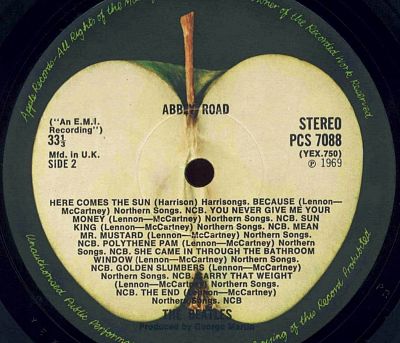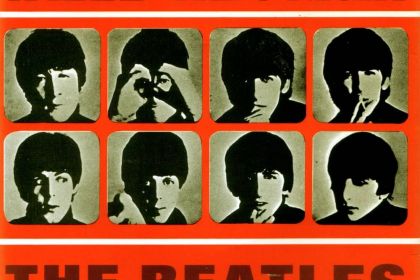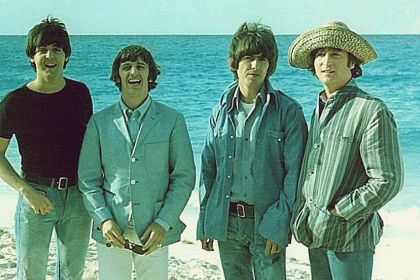SONGWRITER
Golden Slumbers: lyrical origins of the famous Beatles lullaby

The Beatles Abbey Road LP
Golden Slumbers is a short song recorded by The Beatles for their 1969 album Abey Road. The track was written by Paul McCartney but credited to Lennon–McCartney following an early agreement between the two songwriters that any song written by either of them should be attributed to both.
The majority of the song was recorded at Abbey Road Studios on July 2, 1969. John Lennon did not attend this recording session as he'd been hospitalized following a road accident a few days earlier. Later, the arrangement was expanded with an additional Beatles vocals and rich orchestration written by George Martin and performed by thirty classical musicians.
Some of the Golden Slumbers lyrics were borrowed by McCartney from Cradle Song—a famous poem by the 16th century English playwright Thomas Dekker. Here is the opening verse of Dekker's poem:
Golden slumbers kiss your eyes
Smiles awake you when you rise
Sleep, pretty wantons, do not cry
And I will sing a lullaby
The closing lines of the verse and choruses of the Beatles track almost entirely quote Dekker's Cradle Song, with the exception of the word "wantons" which McCartney changed to a more neutral "darling" and cleverly reworked the second line into "smiles await you when you rise".
According to one version of the story, McCartney discovered the piano score of Cradle Song at his father's house in Liverpool and wrote his own chord progression. There is also speculation that McCartney was forced to write his own melody as he could not read musical notation at the time, which can hardly be true.
Listen to Golden Slumbers by The Beatles:
Compositionally, Golden Slumbers follows the canons of classical tonal theory, namely the Aeolian mode, also known as the natural minor. In the harmonic analysis of the song's chord chains, the scale degrees (denoted with Roman numerals) show the following progressions in the key of A minor:
- Am–Dm–G–C or i–iv–VII–III for the verses
- E–Am–Dm–G–C or V–i–iv–VII–III for the chorus and verses
- C–F–C–F–C or III–VI–III–VI–III for the chorus.
Marked in red, the E major dominant chord rooted in the fifth scale degree does not belong to the Aeolian mode and is an expression of the harmonic minor scale often used to supply the Aeolian mode with a leading tone.
Notice how the chorus progression alternates the C and F chords that belong to the relative Ionian mode, plunging the section into a drastically major mood.
Discover more songs composed in Aeolian minor mode and check out their harmonic analysis in the following articles:
- 6 songs combining harmonic minor and Aeolian mode
- 8 songs to introduce Aeolian mode and natural minor scale
- I Shot the Sheriff: Burnin' spliff nearly destroyed Bob Marley's original recording
- Locomotive Breath: fine groove born from Jethro Tull's studio session
- Shaman's Blues: quintessential The Doors song refined their most controversial album
- Mariposa Traicionera: meaning and flamenco roots of Maná's top hit
- A Dios le Pido: Juanes' Spanish lyrics behind the song success
- El Farsante and 7 more songs by Ozuna in Dorian and Aeolian modes



